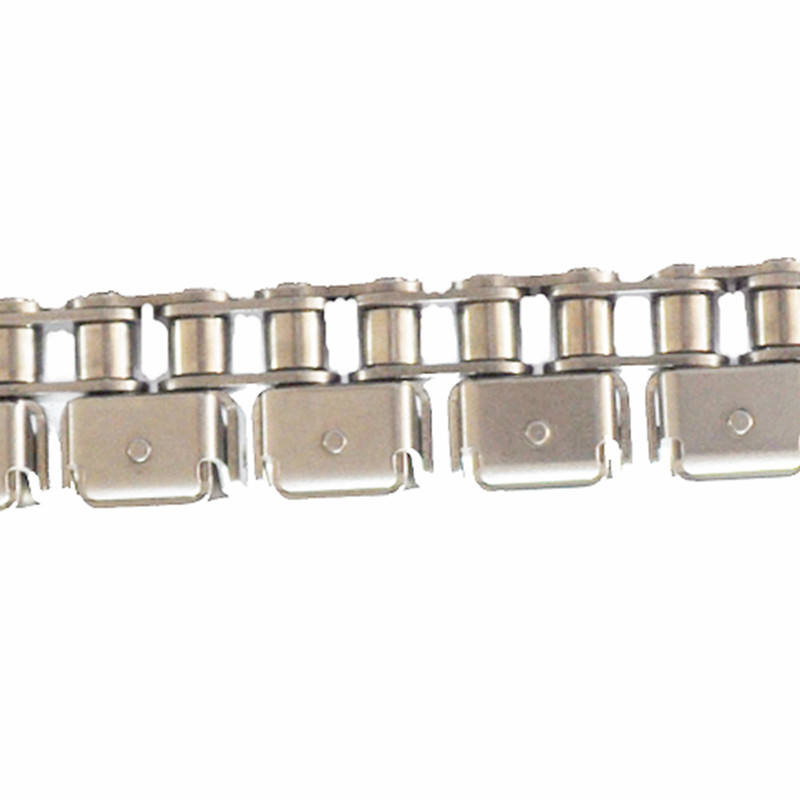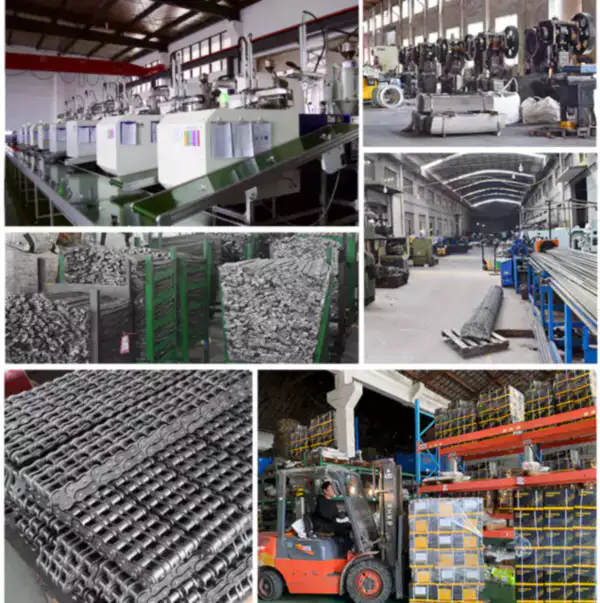Gripper chains are a critical tool in material handling applications. They are used to grip products and transport them along a conveyor system. However, like any mechanical component, gripper chains can sometimes encounter issues that need to be addressed. In this article, we will discuss common issues that can occur with gripper chains and how to troubleshoot them.
Excessive Wear in Gripper Chains
One common issue that can occur with gripper chains is excessive wear. This can be caused by a variety of factors, including improper lubrication, misalignment, or overloading the chain. To troubleshoot this issue, start by inspecting the chain for signs of wear. If you notice any signs of wear, it may be time to replace the chain. Additionally, ensure that the chain is properly lubricated and aligned, and that it is not being overloaded.

Chain Failure
Another issue that can occur with gripper chains is chain failure. This can be caused by a variety of factors, including fatigue, corrosion, or improper installation. To troubleshoot this issue, start by inspecting the chain for signs of damage or corrosion. If any damage or corrosion is found, it may be necessary to replace the chain. Additionally, ensure that the chain is properly installed and that it is not being overloaded.

Chain Slippage
Chain slippage can occur when the chain does not grip the product properly, causing it to slip or slide along the conveyor system. This can be caused by a variety of factors, including improper tension, worn or damaged grippers, or misalignment. To troubleshoot this issue, start by adjusting the tension of the chain. If this does not resolve the issue, inspect the grippers for signs of wear or damage, and replace them if necessary. Additionally, ensure that the chain is properly aligned.

Chain Misalignment
Chain misalignment can occur when the chain is not properly aligned with the conveyor system. This can be caused by a variety of factors, including improper installation, worn or damaged sprockets, or an uneven conveyor system. To troubleshoot this issue, start by inspecting the sprockets for signs of wear or damage, and replace them if necessary. Additionally, ensure that the chain is properly installed and that the conveyor system is level.

Gripper Chains Purchasing Guide
| Aspect | Considerations |
|---|---|
| Chain Size | Determine the appropriate chain size for your application based on the load and conveyor specifications. |
| Chain Material | Select a chain material that is appropriate for your application, such as stainless steel or carbon steel. |
| Gripper Type | Choose a gripper type that is appropriate for your product, such as horizontal or vertical grippers. |
| Gripper Pitch | Determine the appropriate gripper pitch for your application based on the product size and conveyor specifications. |
| Manufacturer | Select a reputable manufacturer that produces high-quality gripper chains. |
Sprockets for Gripper Chains
Gripper chains and sprockets are like two sides of the same coin. They work together to ensure smooth material handling operations. Gripper chains grip the product, while sprockets rotate the chain. It is important to choose the right sprocket for your gripper chain to ensure maximum performance and longevity.

At our company, we offer a wide range of sprockets that are compatible with our gripper chains. Our sprockets are made from high-quality materials and are designed to provide maximum performance and durability. By choosing our gripper chains and sprockets, you can ensure that your material handling operations run smoothly and efficiently.

Here are five reasons why you should choose us as your gripper chain and sprocket provider:
- We are a leading manufacturer of gripper chains and sprockets, with years of experience in the industry.
- We use only high-quality materials in the production of our gripper chains and sprockets.
- We offer a wide range of gripper chains and sprockets to meet the needs of any material handling application.
- We provide excellent customer service and support, ensuring that our customers are satisfied with their purchase.
- We offer competitive pricing on all of our gripper chains and sprockets.
Q&A
Q: How often should gripper chains be lubricated?
A: Gripper chains should be lubricated regularly, typically every 30 days or so. However, the frequency of lubrication will depend on the application and the operating conditions. It is important to follow the manufacturer's recommendations and to inspect the chain regularly for signs of wear or damage.
Q: Can damaged gripper chains be repaired?
A: In most cases, damaged gripper chains cannot be repaired and will need to be replaced. Attempting to repair a damaged chain can be dangerous and can lead to further damage or failure of the chain.
Q: Can gripper chains be used in harsh environments?
A: Yes, gripper chains can be used in harsh environments, but it is important to select a chain material that is appropriate for the application. Stainless steel gripper chains are often used in harsh environments because they are resistant to corrosion and wear.
Edited by Zqq.
